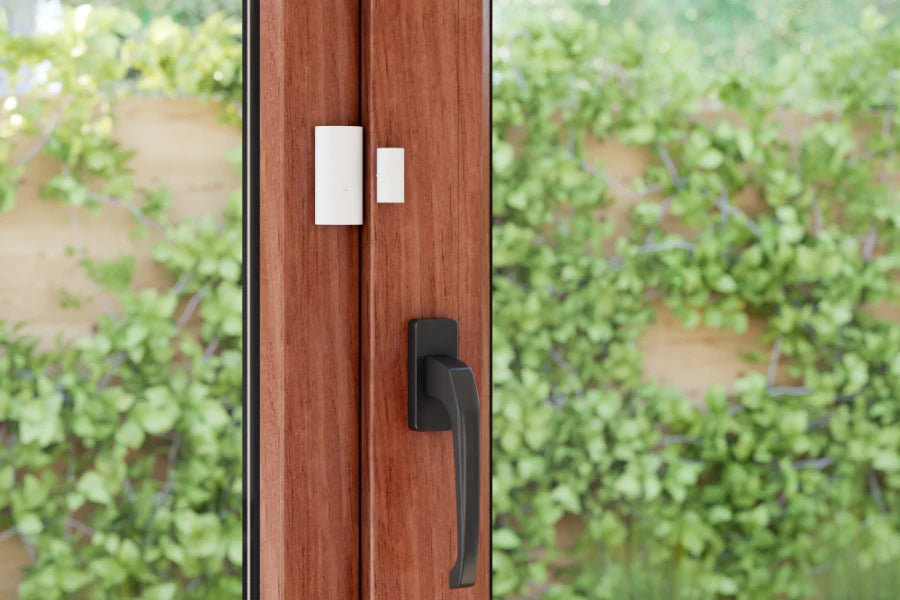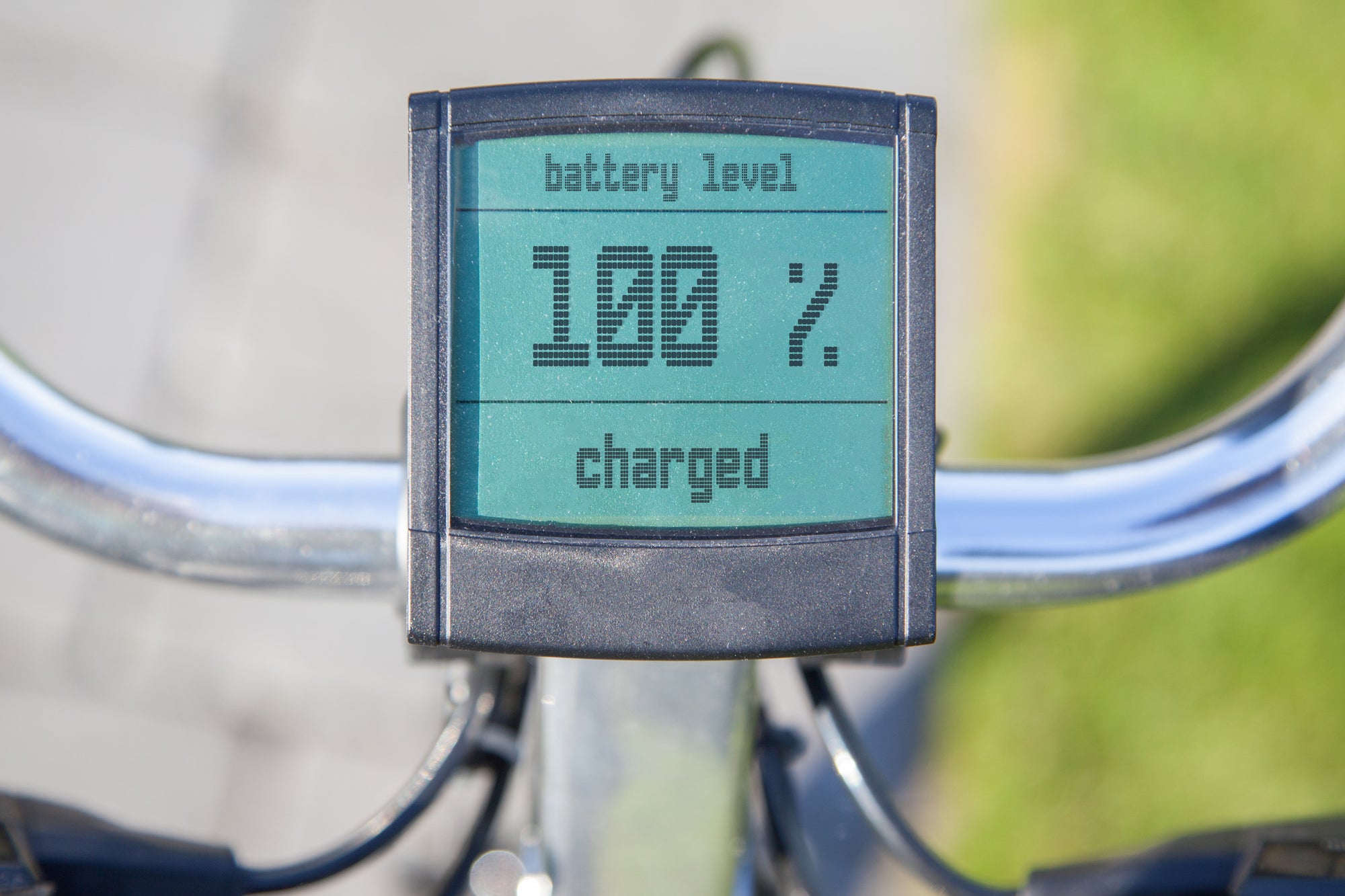Om een Zigbee deursensor of een PIR-sensor (passief infrarood) te gebruiken voor het slim schakelen van uw verlichting of andere apparaten omvat de volgende stappen:
- Kies een compatibele Zigbee sensor: Kies een sensor die compatibel is met uw smart home hub of smart home automatiseringssysteem. De meeste deursensoren en PIR-sensoren zijn compatibel met populaire smart home-systemen zoals Hihome (Tuya), Amazon Alexa of Google Assistant.
-
Installeer de sensor: Installeer de sensor volgens de instructies. Voor een deursensor houdt dit meestal in dat u de sensor aan de deur en de magneet aan het deurkozijn bevestigt. Voor een PIR-sensor houdt dit in dat je de sensor aan een muur of plafond bevestigt.
-
Koppel de sensor met uw Hihome Zigbee Gateway of op Home Assistant: Sluit de sensor aan op uw Hihome of automatiseringssysteem volgens de instructies van Hihome.
-
Configureer de automatisering: Configureer de sensor om uw verlichting of andere apparaten te activeren wanneer beweging wordt gedetecteerd of de deur wordt geopend of gesloten. Hiervoor moet u automatiseringsregels instellen in Hihome-systeem of Home Assistant . U kunt bijvoorbeeld een regel instellen die de verlichting in een kamer inschakelt wanneer de deur wordt geopend en uitschakelt wanneer de deur wordt gesloten.
-
Test de sensor: Test de sensor om ervoor te zorgen dat deze uw apparaten correct triggert. Loop voor de PIR-sensor of open en sluit de deur om de deursensor te testen. Zorg ervoor dat de verlichting of andere apparaten aan en uit gaan zoals verwacht.
-
Pas de gevoeligheid aan: Pas zo nodig de plaatsing van de sensor aan om valse triggers te verminderen of de nauwkeurigheid te verbeteren.
Door deze stappen te volgen, kunt u een deursensor of PIR-sensor gebruiken om een slim domoticasysteem te maken dat automatisch uw verlichting of andere apparaten inschakelt wanneer u een kamer binnengaat of de sensor op de een of andere manier triggert.


